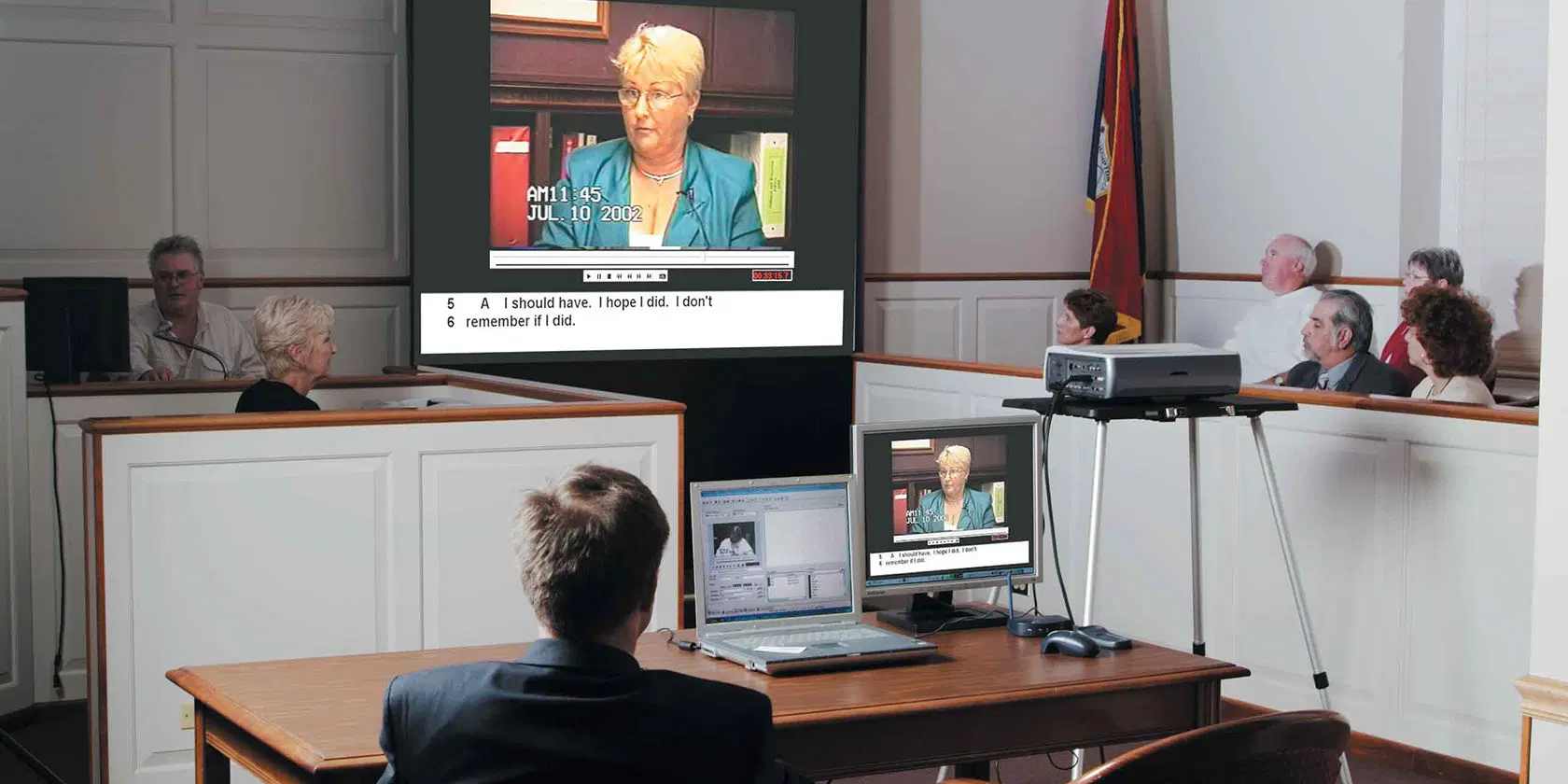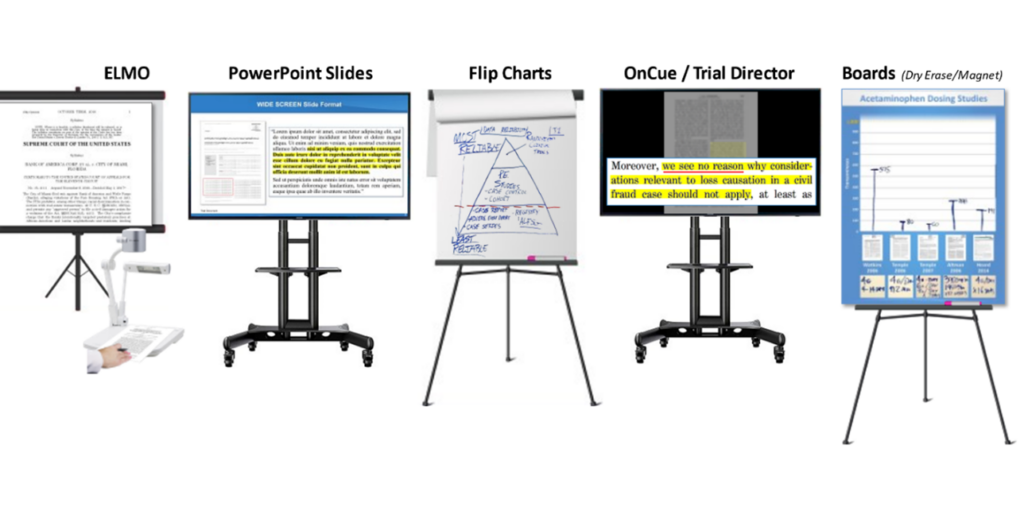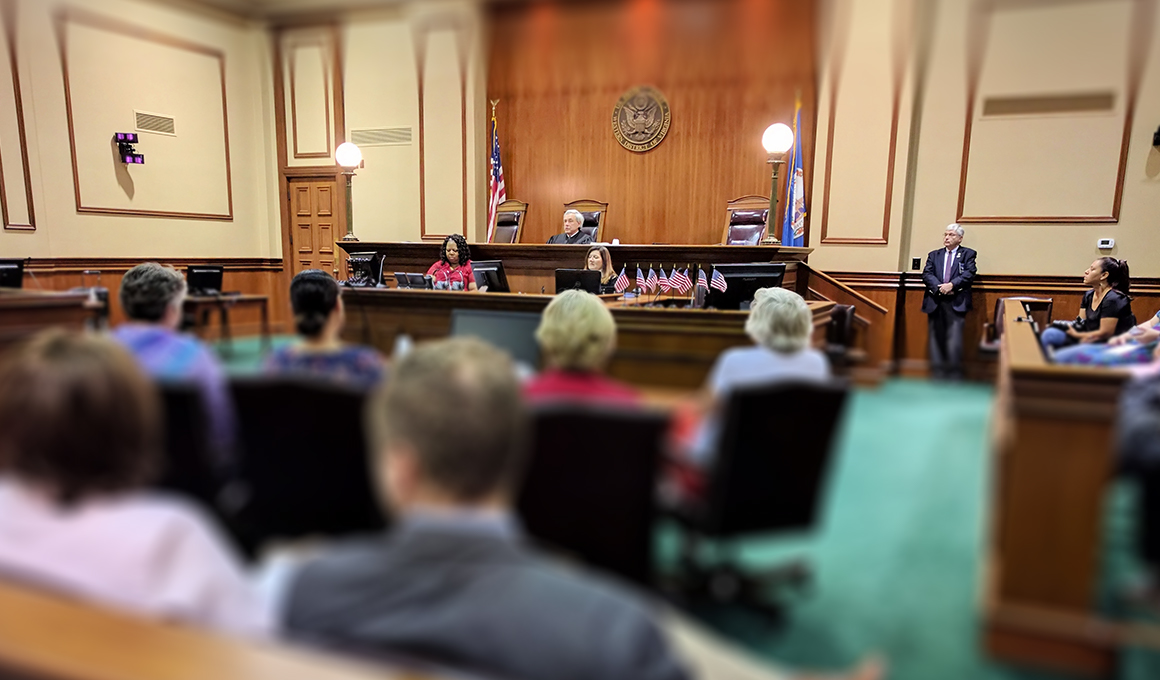Well-structured trial presentations make legal points stronger.
Well-structured trial presentations make legal points stronger.
Blog Article
How Trial Presentations Enhance Your Debate and Encourage Jurors
Test discussions function as a critical mechanism for enhancing legal debates and convincing jurors. By incorporating visual aids, narrative structures, and emotional interaction, attorneys can create a compelling instance that reverberates on numerous levels. The critical use visuals not only makes clear complex information but additionally catches jurors' focus better than words alone. The art of narration plays an equally critical function in transforming factual proof right into an engaging narrative, forming jurors' assumptions. Recognizing these aspects can considerably affect test results, increasing the concern of exactly how each part adds to this elaborate dynamic.

Value of Visual Help
Aesthetic aids play an essential role in enhancing the efficiency of trial presentations, as they can considerably enhance audience interaction and retention of information. In the context of a trial, where jurors are entrusted with processing facility details, aesthetic help serve to streamline and clear up vital factors. Charts, graphs, and photos can convey information and concepts that might otherwise bewilder or perplex jurors, enabling for a much more simple understanding of the evidence offered.
Moreover, aesthetic aids assist in maintaining juror attention throughout the proceedings. By breaking the uniformity of verbal testimony, these tools can punctuate important disagreements, making them extra memorable. Effective visual help can additionally stimulate emotional reactions, which can be essential in encouraging jurors to straighten with the speaker's story.

Crafting Compelling Narratives
An engaging narrative is important in test presentations, as it acts as the foundation of efficient persuasion. It allows lawyers to weave together facts, evidence, and psychological elements right into a systematic story that resonates with jurors. This narrative framework makes it possible for jurors to understand the complexities of the situation while assisting them via the attorney's debate.
To craft an engaging narrative, attorneys should focus on clarity and coherence. This entails developing a clear lead character-- often the client-- and describing their trip via the occasions concerned. Offering the realities in a logical series enhances comprehension and maintains involvement. In addition, making use of vibrant descriptions can develop psychological images that assist jurors picture the events, making the story much more unforgettable.
Moreover, incorporating key motifs throughout the discussion enhances the core message and help in retention - trial presentations. The story needs to not only convey info but likewise stimulate a feeling of justice, highlighting the risks entailed. Ultimately, a well-constructed narrative fosters a connection in between the jurors and the case, positioning the attorney's argument as both reputable and compelling, thus increasing the possibility of a favorable verdict

Engaging the Jury Psychologically
Reliable court engagement hinges on the lawyer's ability to link with jurors on a psychological degree. This connection can dramatically impact jurors' understandings and their best decision-making.
Aesthetic help, such as photos or videos, can further enhance psychological involvement, supplying jurors with brilliant depictions of the situation's human components. Crafting a story that highlights the struggles and accomplishments of the people entailed makes sure that jurors see past try this out the lawful disagreements and recognize the human effects of their choices.
In addition, tone and body movement play a crucial role in communicating feeling. A lawyer's passionate delivery can reverberate with jurors, enhancing their emotional investment in the event. It's crucial to stabilize psychological allures with accurate evidence, guaranteeing that jurors really feel compelled to act while continuing to be grounded in the reality. Ultimately, an emotionally involved court is most likely to be persuaded, making emotional connection an important component of effective trial presentations.
Structuring Your Presentation

The body of the presentation ought to be practically fractional into bottom lines, each sustained by engaging proof. It is valuable to make use of storytelling techniques to weave realities right into a narrative that jurors can conveniently comply with. Visual help, such as charts and videos, can boost understanding and engagement, aiding to highlight vital pieces of evidence.
Real-World Case Researches
Examining real-world study provides indispensable insights right into the art of trial presentations and persuasion. For example, the landmark instance of "O.J. Simpson v. The People of The golden state" illustrates exactly how visual help and engaging stories can persuade jury assumptions. The protection team successfully employed a strategy that integrated prominent professional statements with multimedia presentations, which mesmerized jurors and eventually influenced their decision.
Another remarkable instance is the "McDonald's Coffee Instance," where the plaintiff's attorneys utilized graphic pictures of the injuries suffered by Stella Liebeck. trial presentations. This stark visual proof played an important duty in sharing the seriousness of her burns, bring about a substantial jury honor. Such situations demonstrate that impactful trial discussions look here typically depend upon the effective assimilation of visuals and narration to evoke psychological responses from jurors
Moreover, the "Casey Anthony Trial" highlighted the relevance of narrative coherence and reliability. The prosecution's failing to develop a compelling timeline lessened their persuasive power, emphasizing the need of a well-structured presentation. Assessing these situations discloses that effective test discussions need tactical check it out preparation, psychological involvement, and the capacity to resonate with jurors' values and beliefs.
Final Thought
Test presentations dramatically improve arguments and encourage jurors via the critical usage of visual help, compelling narratives, and emotional engagement. A well-structured discussion balances psychological allures with valid evidence, eventually resonating with jurors' worths.
Report this page